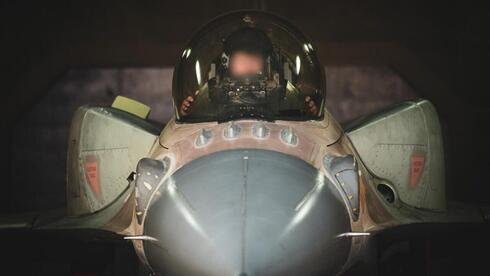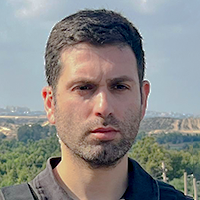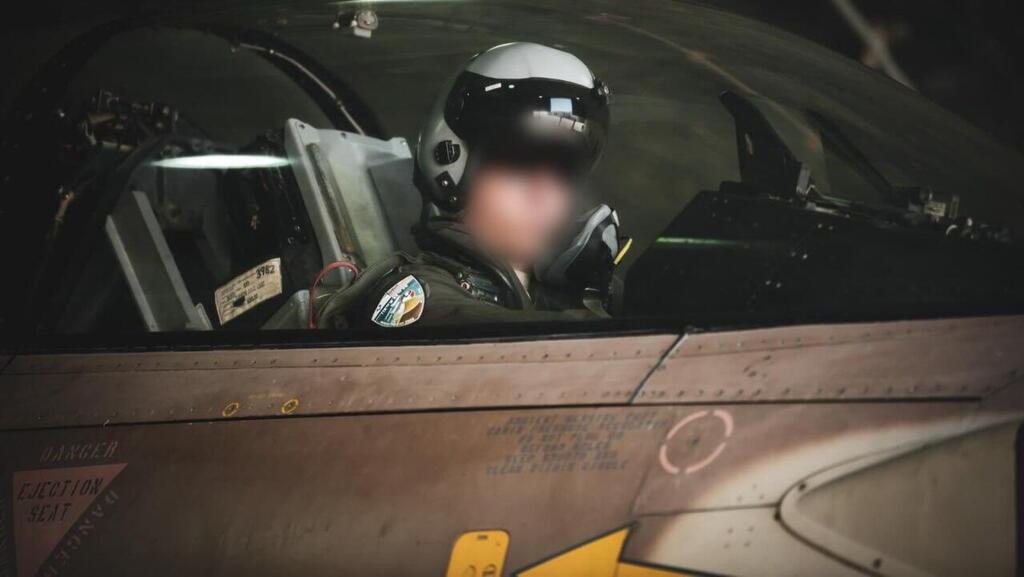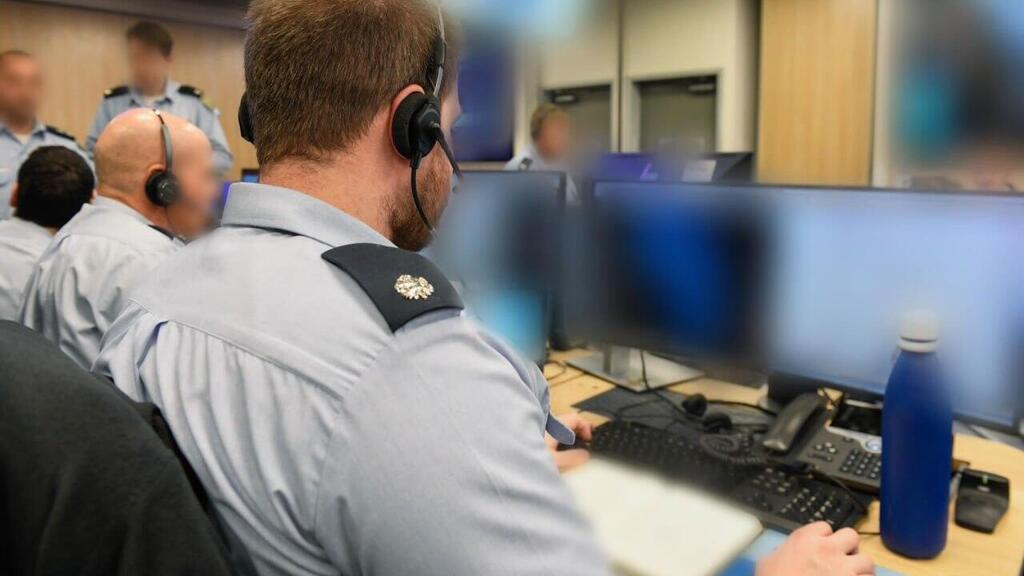Major D., 26, pilot describes Yemen strike as his longest mission, requiring problem-solving mid-flight, peak focus for a precise attack on Houthi targets and a safe return home after the high-stakes operation
Major D. touched down at the Ramon Air Base at 5:30 a.m. Thursday, just as the sun rose, completing the longest flight of his career. The 26-year-old F-16 pilot had spent six hours in the narrow cockpit, flying 2,000 kilometers (1,243 miles) to Yemen for a precision strike while a ballistic missile headed in the opposite direction toward Israel.
His jet was one of 14 aircraft participating in the operation targeting Houthi sites in Yemen. For the first time, strikes hit the capital Sanaa, alongside other coastal port cities. The mission involved five targets with dozens of components, obliterated by 80 heavy bombs.
Strikes on Houthi regime targets in Yemen
(Video: IDF)
D. and his squadron prepared meticulously for the operation over two weeks. To endure the grueling hours in the air, D. prioritized rest, including a nap the afternoon before the flight, ensuring he was physically ready for one of the most perilous missions of his career.
“The main difficulty is performing at the critical moment during such a long mission, requiring me to stay sharp and alert at all times,” D. told Ynet and its sister publication Yedioth Ahronoth. “The flight there was easier because there was plenty to do—inspecting weapon systems, navigating crowded skies and mid-flight refueling, which is always more challenging in the dark. Approaching within 10 meters of a refueling plane at night is no easy task,” he explained.
During the mission, D. and his navigator faced a tense moment when a fuel tank malfunction indicator lit up. Far from Israeli territory, they had to resolve the issue mid-air to avoid delaying the operation. “We practice many scenarios in advance because technical or operational issues often arise on such long flights,” he said, emphasizing the pilots’ preparation for such contingencies.
“The critical moment, the ‘money time,’ is when we release the munitions. There is no take two. Watching the bomb drop and strike the Houthi tugboats was a powerful experience,” he recounted. “When I saw the bright light of impact, I knew I hit the target. After that, some of the tension eased, and during the return flight, we could chat about personal matters—both with each other and with the other pilots.”
D. said he and the others did encounter anti-aircraft fire, despite Iran supplying the rebels with ground-to-air missile systems. “An officer in the Air Force war room synchronized all elements of the operation, from intelligence to communications, armaments and aerial command,” he explained. “This kind of mission demands precise coordination of dozens of factors, all condensed into a few tense hours.”
Another challenge was avoiding contact with civilian aircraft. “We didn’t know a missile had been launched at Israel at the same time we were heading to Yemen,” D. said, underscoring the complexities of operating in international airspace.
Assessing the strike’s impact on oil and energy facilities posed additional hurdles. “It’s harder to evaluate results when the targets are so far away, unlike in Lebanon or Gaza,” D. noted. “In this case, we carried out the strike in a unique way and used open-source intelligence the next morning to confirm the results through reports and footage from Yemen.”
D. remains resolute about future missions. “If they want a war of attrition, they’ll get one. At least we hit our targets—and we have more in the bank.”



